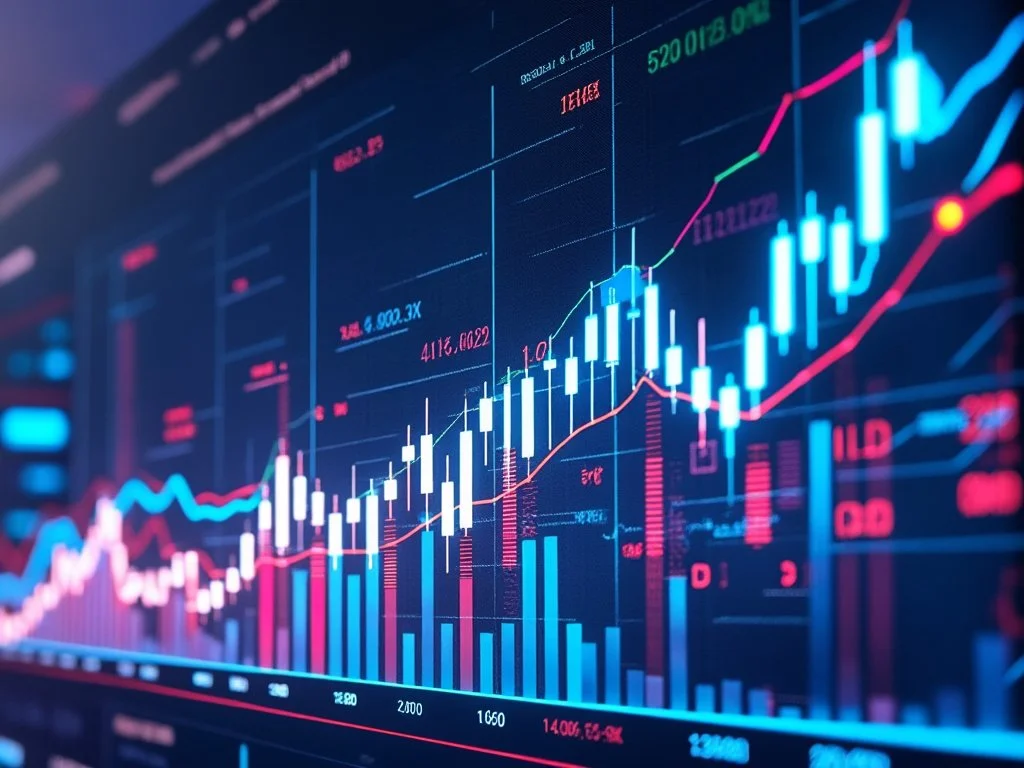
outperform the Market
with trading signals
The stock market is ruthless—rewarding the prepared and punishing the rest. If you’re tired of being on the losing side, MarketModel Trades offers a smarter way forward.
We specialize in long-only S&P 500 trading signals, using macro insights to pinpoint high probability opportunities before they happen.
No guesswork. No noise.
Just clear, actionable guidance tailored for serious traders and investors.
High-Probability Signals. Built for Serious Traders.
MarketModel Trades isn’t theory; it’s results.
7-0 winning trade signals in 2024—a perfect streak in volatile times.
Total Return: 5.9x MarketModel vs 2.6x S&P 500
88% Win-rate from 2021-2024
+465% ROR backtested from 1999-2013 and live since 2012.
Whether it’s a bull or bear market, our system thrives by zeroing in on the highest-probability trades—making your money work harder, smarter, and more effectively.

Designed for Professionals
This isn’t just another subscription.
MarketModel is your secret weapon and critical tool, built for:
Experienced Traders looking for high probability trade setups for realized income.
RIAs Improving timing for incoming capital and best allocation of client cash.
Asset Managers seeking alternative trading strategies with consistent performance.
Accredited Investors employing faster methods towards building personal wealth.
If you're successfully managing significant capital, you already understand having the right strategy is important, but having the best tools to help execute those decisions is imperative. Our high-probability signals simplify decision-making and deliver results that will impress clients or elevate your family office. With MarketModel, you’ll be leaning the right way, with the odds on your side most of the time, gaining the confidence and track record that will reward you and your clients.
The MarketModel Difference
One Signal. Unmatched Results.
One Signal, Infinite Probabilities
Every day, receive a single buy or sell signal. No analysis paralysis. No endless chat rooms. Just the clarity to act decisively.Transparency You Can Trust
View every past trade, every signal, and every result. Our data speaks for itself—and so does our client loyalty.Realized Trading Profits for Income
2020: +12.1%
2021: +22.9%
2022: +32.4%
2023: +34.2%
2024: +21.8%
Simplicity That Works
The markets don’t need to be complicated. With MarketModel, you’ll know exactly when to step in and when to step out—turning uncertainty into opportunity.
Your Path to Smarter Trading Starts Here.
MarketModel transforms your cash into a strategic advantage.
Use one signal to boost your confidence with your preferred strategies and increase your chances of success.
your portfolio deserves better.
See why clients have trusted MarketModel for over 12 years
Asset Manager
“don’t be stupid, just follow the model.”
Accredited Investor
“… now consistently clearing $250,000 a year from just futures.”
Join for Free
intro to MarketModel Trades universe
Not ready to dive in just yet? Start with our free newsletter and explore the power of MarketModel at your own pace.
Gain access to exclusive Macro Insights and
A look at past trades and performance
In-depth trading deep dives
Links to our recent media features
Take the first step toward smarter trading — completely free.
FAQs
-
MarketModel is a systematic trading service designed to optimize your entries and exits in the S&P 500 using data-driven signals. The model leverages macroeconomic insights and real-time probabilities to generate actionable trade signals that prioritize risk management and performance.
-
Yes, you can with MarketModel! Our systematic approach, backed by macroeconomic analysis and historical data, helps you identify key opportunities for optimal entries and exits, taking the guesswork out of trading.
-
MarketModel’s edge lies in its integration of macroeconomic analysis with precision timing in the S&P 500. While most services rely on technical analysis alone, MarketModel combines data science with market cycles, giving traders an emotion-free, methodical framework to navigate volatile markets successfully.
-
Signals are delivered in real-time, end of day, when the model identifies high-probability setups. This ensures you receive updates precisely when they matter most—whether it’s adding exposure, scaling back, or holding cash for strategic advantage.
-
The service is tailored for individual traders, RIAs, and fund managers who want a systematic approach to market timing. Whether you're a hands-on investor or looking for a complement to your existing strategies, MarketModel empowers you with insights and actionable signals to make informed decisions.
-
We don’t offer free trials, but you can sample one of our Sunday Macro Insights—normally reserved for members. It’s a great way to experience the depth and quality of analysis that drives our trading signals.
Ready to elevate your trading? Join MarketModel Trades today!
